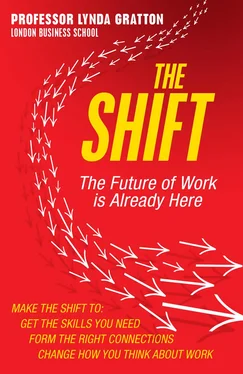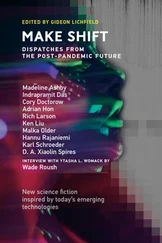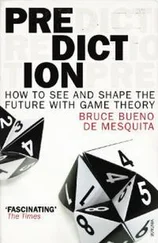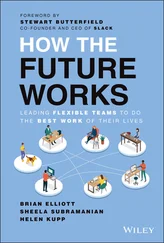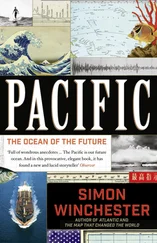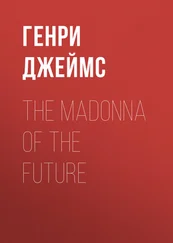Taking the right path: the shifts
Each one of us would want to choose the Crafted Future rather than succumb to the Default Future. But how do we ensure we are on the right path? The journey that I went through, and the journey I am inviting you to take, will make you question your mental map of the future, just as it has for me. You and I already have a mental map of the future – that’s what has been driving the decisions we have already taken, and the choices we have already made. The question is: is this the right mental map, and are you on the right path?
In understanding what is the right path, it is crucial to have as much information and knowledge as possible about how the future will emerge. My research team and I have understood this deeply and will present it to you as the stories unfold. It seems to me that the storylines, hard facts and scenarios demand that we re-examine our assumptions, and ask three key questions:
* What are the potential milestones or events that could particularly affect me and those around me?
* What are the most significant factors that will influence my working life, and how could these play out?
* Therefore, what should I be doing over the coming five years to ensure I am on the right path to creating a future-proofed career, particularly in view of the turbulent times ahead?
My aim in this book is clear. It is written to support you as you develop your own point of view about the future – and your own path to creating a future-proofed working life. To do this you will have to understand the hard facts with as much depth as possible; to play through the possible scenarios and storylines to understand what they mean to you; while at the same time really being aware of the aspects of your specific context that will shape the choices you have. Only then can you look hard at your mental models and assumptions of the future and construct a path that will ensure your working life is robust, purposeful and valuable.
So, in creating a future-proofed working life, what are the assumptions that will need to be questioned, and what are the implications for how we live our future working lives? I am predicting that there are three shifts in assumptions which each one of us will have to make in order to craft a meaningful and valuable working life over the coming two decades.
First, our assumptions that general skills will be valuable has to be questioned. It seems clear to me that in a joined-up world where potentially 5 billion people have access to the worldwide Cloud, the age of the generalist is over. Instead, my prediction for the future is that you will need what I call ‘serial mastery’ to add real value. That has got crucial implications for understanding what will be valuable skills and competencies in the future, for developing deep mastery in these areas, and yet being able to move into other areas of mastery through sliding and morphing. It also has implications for an increasingly invisible world, where self-marketing and creating credentials will be key.
Second, our assumptions about the role of individualism and competitiveness as a foundation for creating great working lives and careers have to be questioned. In a world that could become increasingly fragmented and isolated, I believe that connectivity, collaboration and networks will be central. These networks could be the group that support you in complex tasks; it could be the crowd of diverse people who are able to be the basis of ideas and inspiration; it could even be the intimate, warm and loving relationships that will be at the heart of your capacity to regenerate and remain balanced. What is crucial here is that – in a world that becomes more and more virtual – strong, diverse, emotional relationships cannot be taken for granted, they have to be shaped and crafted.
Finally, as I consider the five forces that will shape our working lives over the coming two decades, and see how the storylines could play out, I am struck by the need to think hard about the type of working life to which we aspire. Do we follow the old assumptions of continuously going head first for consumption and quantity? Or is it now time to think hard about trade-offs and to focus more on the production and quality of our experiences and the balance of our lives, rather than simply the voraciousness of our consumption?
It is possible for each one of us to construct a very clear view of the challenges we face, and many of the trade-offs we will have to consider. Of course, our own future, and indeed the future of those we care about, is essentially unknowable. But that does not mean that we leave it to chance. I am convinced that we can prepare for the future in a way that increases the possibilities of success. We can do this by really understanding the five forces that will change our world. We can prepare by constructing storylines of possible futures that we can use as a basis for making choices and understanding consequences. Finally, we can prepare for the future by acknowledging that some of our most dearly held assumptions are misplaced and that we will be required to make some fundamental shifts in how we think and act our way into our future working lives. By doing this we are ensuring we are better equipped to construct a working life that excites us, brings us pleasure and creates worth for others and ourselves.
PART I
The Forces That Will Shape
Your Future
Конец ознакомительного фрагмента.
Текст предоставлен ООО «ЛитРес».
Прочитайте эту книгу целиком, купив полную легальную версию на ЛитРес.
Безопасно оплатить книгу можно банковской картой Visa, MasterCard, Maestro, со счета мобильного телефона, с платежного терминала, в салоне МТС или Связной, через PayPal, WebMoney, Яндекс.Деньги, QIWI Кошелек, бонусными картами или другим удобным Вам способом.
